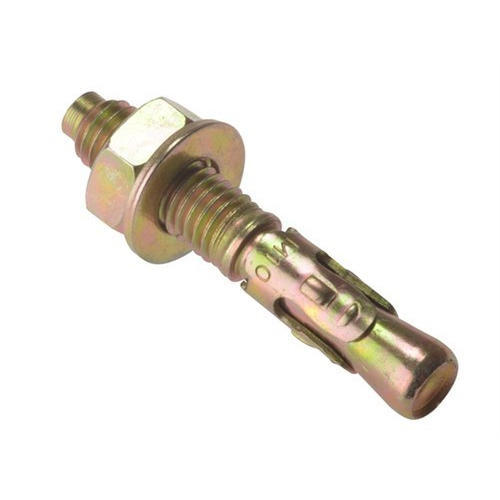Description
Through Bolt:
Through bolt are used to connect structural and non-structural elements into the concrete. Bolt connection is made by a different components. Such as: anchor bolts, steel plates, etc. Anchor bolts transfer different types of load: tension forces and shear forces.
Through bolts can be used to secure heavy objects to walls or floors. Because it can handle vertical and horizontal loads. Such as tightening the bolt, the nut on the opposite end pulls into the shell, expanding it outward and digging it inside the hole in the wall. Whereas the anchor bolt allows a smooth screw to be stressed by mechanical force; The expansion bolt mainly generates friction by pressing, and the force is applied.
General:
They can be divided into two categories:
- torque controlled: the anchor is inserted into the hole and secured by applying a specified torque to the bolt head or nut with a torque wrench. A particular sub-category of this anchor is called wedge type. As shown in the figure, tightening the bolt results in a wedge being driven up against a sleeve, which expands it and causes it to compress against the material it is being fastened to.
- displacement controlled: usually consist of an expansion sleeve and a conical expansion plug, whereby the sleeve is internally threaded to accept a threaded element.


Reviews
There are no reviews yet.